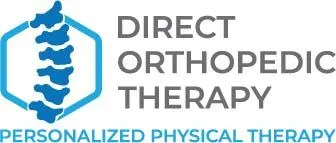Your shoulder joint is responsible for many of your functions. These include extension, flexion, adduction, and circumduction. All movements in your upper limbs depend on your shoulder. The rotator cuff is a group of muscles and ligaments that stabilize the shoulder joint in a shallow location. If this muscle or tendon becomes damaged, you may not be able to perform your daily functions. This is known as a rotator cuff Injury.
Causes
Rotator cuff injuries can result from a variety of risk factors. However, most factors can be managed with care, proper exercise, and diet. Here are some of the most common causes.
- Rotator cuff injuries are most commonly caused by age. As we get older, our bodies become weaker after 40. This makes it more likely that you will sustain rotator-cuff injuries.
- Bone spurs may also cause problems with the function of attaching muscles and tendons. If left untreated, friction between bone spurs and attached muscles can lead to this condition. It may worsen and eventually cause a complete tear of the attached muscle.
- The muscles may weaken due to decreased blood flow to the rotator cuff muscles.
- Rotator cuff injuries can also be caused by physical trauma or birth damage
- Poor lifestyle choices, such as smoking or lack of exercise, are major risk factors for muscle and tendon injury.
- Poor posture or excessive use of the rotator cuff muscles, such as by sportsmen, can also cause wear and tear.
Signs
It is initially difficult to diagnose a rotator cuff injury. However, as the symptoms progress, it becomes easier to recognize that the shoulder joint is dysfunctional due to muscle and tendon dysfunction.
- Rotator cuff injury patients often report pain in their shoulder joints, whether in motion or rest.
- There is a worsening of pain from flexion-extension, adduction abduction, or circumduction movements of the shoulder joints
- Incapable of moving the maximum amount
- Nighttime pain that gets worse
- Generalized shoulder weakness and inability to lift items
Physical therapy is used to treat the condition
A doctor will usually ask you to have surgery. However, eight out of ten rotator cuff injuries can be treated with proper physical therapy. This is the best treatment for a rotator cuff injury. Physical therapy can manage pain, improve mobility, and treat other symptoms associated with rotator cuff injuries. Your symptoms will be assessed by a physical therapist who will then prepare exercises and other therapies, such as needling or icing. This can reduce your symptoms and help to heal your rotator cuff injury.


